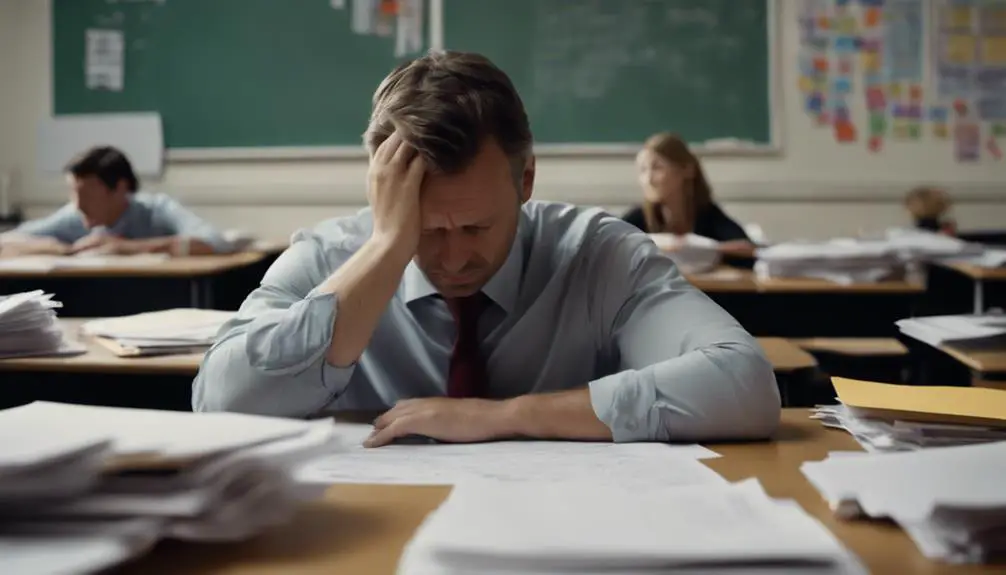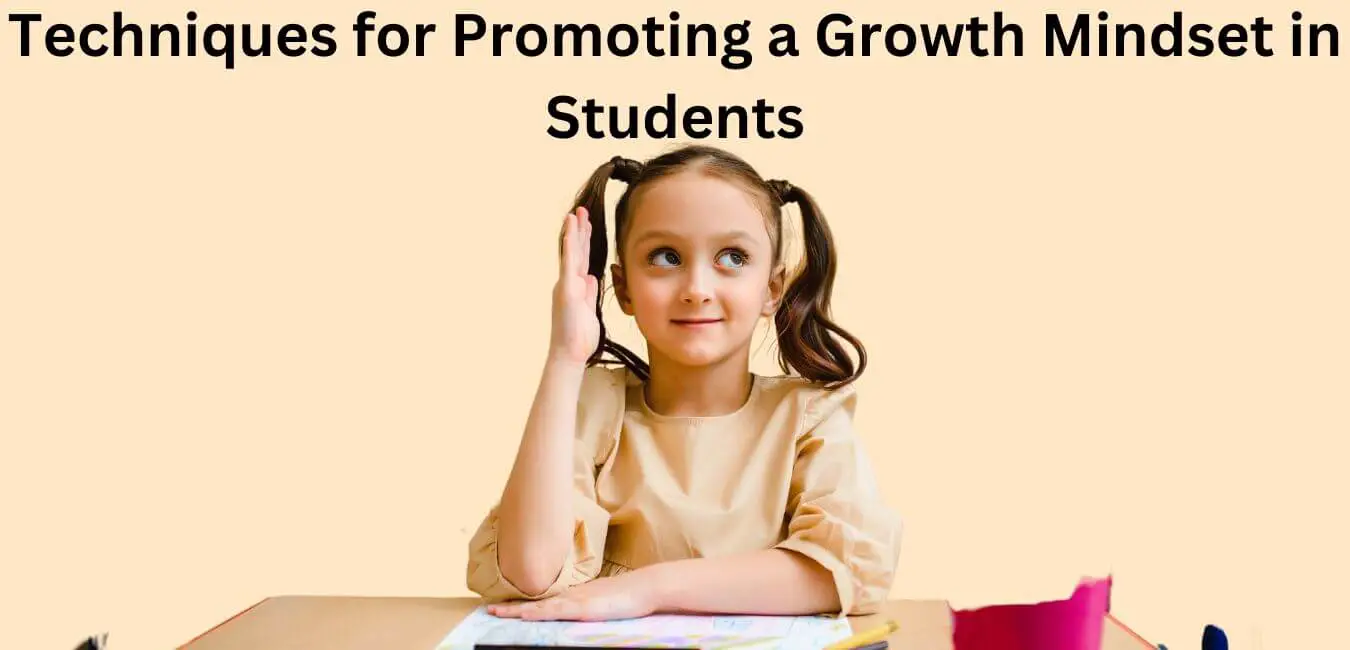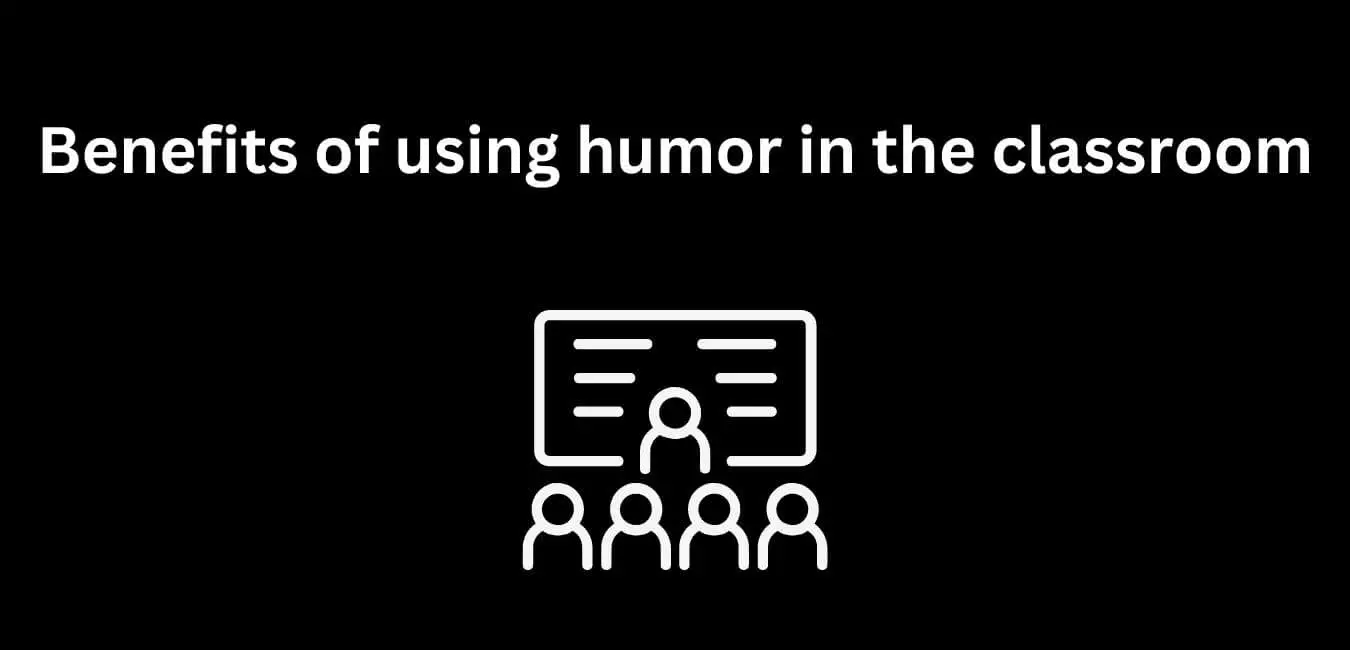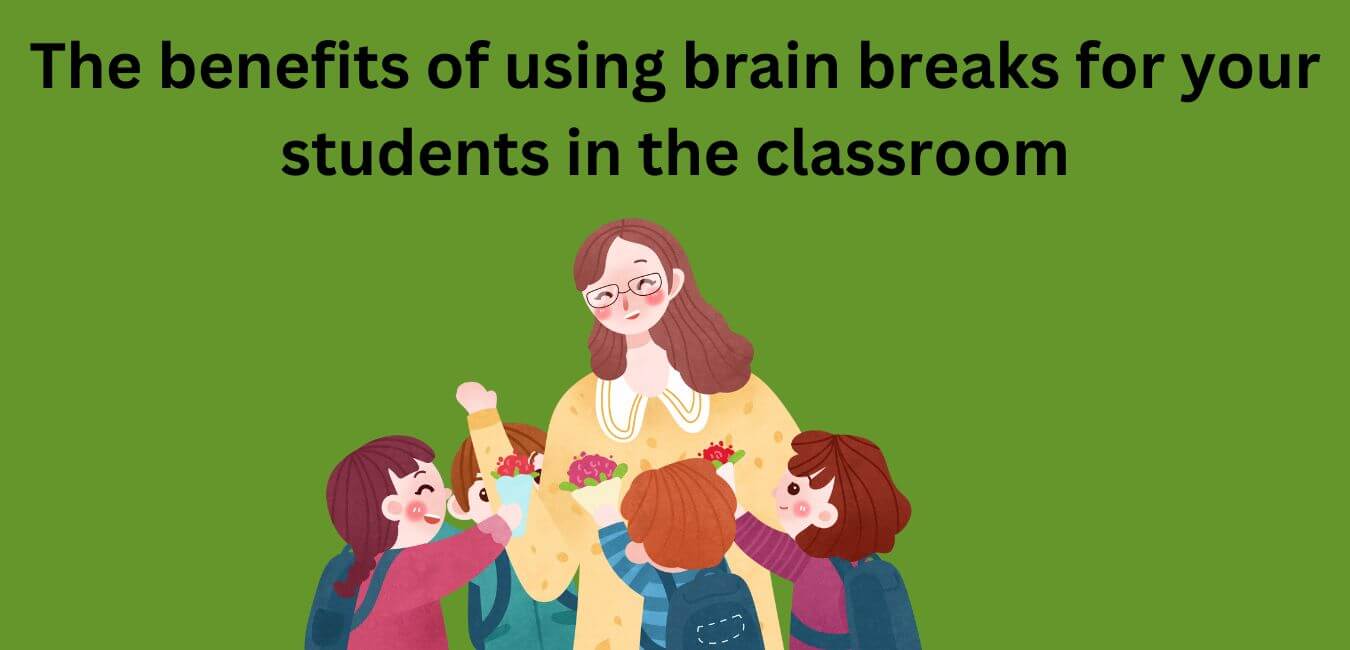It’s no secret that collaboration is one of the key ingredients for learning. In fact, research shows that students who work together as a team are up to three times more likely to achieve academic success than students who work by themselves.
That’s why it’s so important for you as a teacher to help your students get started on the right foot – by promoting student collaboration.
In this blog, we’ll discuss the importance of collaboration and provide you with 16 effective strategies for promoting it in the classroom.
From setting clear goals for collaborative work to fostering a collaborative mindset among your students, you’ll be well on your way to ensuring that everyone in your classroom is learning and enjoying themselves.
Why collaboration is important in the classroom
Collaboration is essential for student success in the classroom. By promoting collaboration, teachers can help their students in the following ways:
1. It allows for different perspectives and ideas to be shared.
When students are working together on a project or assignment, they are able to share their different perspectives and ideas with each other.
This can help them to understand the material in a new way or come up with creative solutions to problems. This is important for effective learning.
2. It helps students to learn from each other thereby improving their understanding.
When students are working together on a project or assignment, they have the opportunity to learn from each other. By discussing the task at hand and sharing ideas, students can come to a better understanding of the material.
Additionally, seeing how their classmates approach the same problem can give students new insights and perspectives.
Collaboration in the classroom thus helps students learn from each other and improve their understanding of the subject matter.
3. It allows for more creativity and problem-solving.
When students work together on projects, they have the opportunity to be more creative and to solve problems more effectively.
This is because they can bounce ideas off of each other and come up with new solutions that they may not have thought of on their own.
For example, when students are working on a project together, they may be able to come up with ideas that they would not have thought of on their own if they had been working alone. This leads to more efficient work and better results.
4. It builds teamwork skills.
In today’s world, it’s more important than ever for students to learn how to work together effectively as a team. Collaborating with other students is a great way for them to learn how to do this.
When students work together on a project, they have to communicate with each other, figure out each other’s strengths and weaknesses, and figure out how to best use each other’s skills to complete the task at hand.
This process helps them to learn how to work together effectively and efficiently, which is a valuable skill that they can carry with them into the workplace.
5. It encourages active participation in learning.
When students are working together on a task or project, they are more likely to be actively engaged in the learning process.
This is because they are working with others, which encourages them to stay focused and on task.
Example, a student may be more likely to pay attention in class when they are working in a group with their classmates, rather than working alone.
16 Strategies for promoting student collaboration
Collaborative learning is essential for success in the classroom. However, it can be a challenge to get students to work together effectively.
This guide provides tips on how to promote student collaboration in the classroom.
1. Use group work to foster collaboration.
Group work is one of the most effective ways to foster collaboration and communication in students.
By working with others, they are forced to communicate and cooperate in order to complete the task at hand.
This not only develops skills but also builds team spirit which can encourage student collaboration for future projects or tasks.
Activities that promote communication and cooperation should be used whenever possible, such as voting or consensus-building exercises.
It’s also important to make sure that group work begins from the very beginning of a class – if you want your students to cooperate, it’s imperative that you start off on the right foot.
2. Encourage students to share their ideas.
Encouraging your students to share their ideas with others can help you promote student collaboration in your classroom as a teacher.
When students share their ideas with others, they are more likely to come up with new and innovative ideas.
Additionally, by sharing their ideas, students can learn from each other and build on each other’s ideas.
Furthermore, encouraging students to share their ideas will help create a more positive and collaborative classroom environment.
3. Use humor as a teaching tool.
When used effectively, humor can be a powerful teaching tool. It can help defuse tense situations, get students thinking creatively about solutions, and promote a positive classroom environment.
When students feel comfortable and are having fun, they are more likely to be open to collaboration.
By using humor as a teaching tool, you can create a classroom atmosphere that is conducive to student collaboration.
4. Model collaborative behavior yourself.
When you model collaborative behavior yourself, it sets the tone for your classroom and shows your students that you value working together.
This can help promote student collaboration by giving them concrete examples to follow. Additionally, modeling collaborative behavior yourself can help build trust and rapport with your students, which can make them more likely to be open to working together.
5. Reward collaborative behavior.
When students are rewarded for collaborating, they understand that it is not only a good thing but also something that is expected of them.
This can help promote student collaboration in your classroom as a teacher. By rewarding collaborative behavior, you are teaching your students the importance of working together and how it can benefit them in the future.
For example, I always try to have my students share what they know about the topic we are discussing in class and earn points or stickers in return.
This helps them learn from each other and share their knowledge in a constructive way. It also allows me to help them better understand the material we are discussing.
6. Foster positive feelings and relationships.
Work with your students to develop a school culture that rewards cooperation and builds relationships among all students.
Fostering positive relationships among your students can help promote student collaboration in your classroom in several ways.
First, students who feel positive about their classmates and school are more likely to be cooperative and willing to work together.
Second, when students feel like they have positive relationships with their peers, they are more likely to feel comfortable asking for help and working together on projects.
Finally, a positive school culture that rewards cooperation and relationships-building can help encourage students to collaborate more often.
By fostering positive relationships among your students, you can create a classroom environment that is more conducive to student collaboration.
7. Teach collaboration-related skills and strategies.
Teach specific collaborative problem-solving techniques such as brainstorming, idea sharing, and building on the ideas of others.
When students are taught specific collaborative problem-solving techniques, they are better equipped to work together effectively.
Brainstorming, idea sharing, and building on the ideas of others are all important skills that can help students to collaborate effectively.
By teaching these skills, you can help to promote student collaboration in your classroom. I often use these techniques in my classes, and I believe that they help to promote student collaboration.
8. Build partnerships with your colleagues.
Collaboration works best when all teachers in a school work together as a team to ensure that all students become effective collaborators.
When teachers work together as a team, they can create a positive learning environment that promotes student collaboration.
By building partnerships with colleagues, teachers can share ideas and resources, and help each other to implement best practices for student collaboration in the classroom.
Also, when students see that their teachers are working together, they are more likely to cooperate and collaborate with each other.
9. Provide opportunities for students to work with others outside of the classroom.
When students have opportunities to work with others outside of the classroom, they can learn to collaborate more effectively.
This is because they are exposed to new people and new ideas, and they learn to work together in order to achieve a common goal.
In the classroom, this type of exposure can help promote student collaboration by encouraging students to interact with each other and to work together to achieve a common goal.
For example, I often have my students pair up to work on a project. This way, they are able to learn to work together and to share ideas.
Additionally, having the opportunity to work with others outside of the classroom can help students develop problem-solving skills.
10. Use technology to facilitate collaboration.
Keep the lines of communication open by using e-mail, chat rooms, instant messaging, and other technologies.
Technology can help facilitate collaboration by promoting communication and providing a platform for students to share ideas and work together.
As a teacher, you can use email, chat rooms, and instant messaging to keep lines of communication open and help students collaborate.
By using technology to facilitate collaboration, you can help students work together to promote learning and creativity. For instance, I use email to keep my students informed about assignments and to ask for feedback.
I also use chat rooms to allow students to share ideas and work together on collaborative projects. Instant messaging is also a great way to communicate with students and help them collaborate on projects.
11. Attend teacher conferences and programs on student collaboration
Teacher conferences and professional development programs provide educators with opportunities to learn about new instructional strategies and approaches to promoting student collaboration.
Through these programs, teachers can gain valuable insights into how to create a collaborative learning environment in their classroom and how to effectively use collaborative strategies to engage students in learning.
By attending these types of programs, teachers can return to their classrooms with fresh ideas and approaches that they can use to promote student collaboration.
12. Develop a plan for evaluating the success of the collaboration program.
One way to develop a plan for evaluating the success of a student collaboration programs is to measure student achievement and teacher effectiveness, both in terms of individual students and the entire group.
This can help you identify areas where the collaboration program is working well and identify areas that may need improvement.
By monitoring student achievement and teacher effectiveness, you can make adjustments to the collaboration program to ensure that it is promoting student collaboration in your classroom.
13. Collect information about what works and what does not work for your students’ collaboration program.
Collecting information about what works and what does not work for student collaboration can help you promote student collaboration in your classroom as a teacher.
By understanding what helps students work together effectively, and what gets in the way of collaboration, you can make small changes that can have a big impact on student collaboration in your classroom.
Also, sharing this information with other teachers can help create a network of support for promoting collaboration in schools.
14. Use the information you collect to improve your school’s collaboration program.
The information gathered about student collaboration can help teachers better understand how students work together and what strategies are effective for promoting collaboration.
This understanding can then be used to create classrooms and lesson plans that are more conducive to collaboration and allow students to work together more effectively.
Additionally, this information can be used to identify students who may need additional support in working collaboratively and to provide them with the resources they need to be successful.
15. Keep in mind that even highly successful programs will have periods of time when there is little or no progress.
Knowing that your programs to promote student collaboration will not always be highly successful can help you when promoting student collaboration in your classroom as a teacher.
It can help you to be more patient with your students and to understand that there will be times when they are not working together as well as you would like.
It is important to remember that even the most successful programs have periods of time when there is little or no progress.
This can help you to keep going when you feel like you are not making as much progress as you would like.
16. Play collaborative games.
There are many benefits to playing collaborative games in the classroom. For one, it can help promote student collaboration.
When students are working together to complete a task or goal, they learn to communicate and cooperate with one another.
This is an important skill to have in the classroom, as it can help make group work more productive and efficient.
Additionally, playing collaborative games can also be a fun and engaging way to get students to interact with one another. This can help create a more positive and supportive classroom community.
So, I often play games that promote collaboration among students in my classroom. This is especially helpful when it comes to group work, as students learn how to work together efficiently and productively.
The students always seem to enjoy it, and it helps create a more positive environment in the classroom.
Conclusion
Collaboration is one of the most important skills that students need to develop in the classroom. By working together, students can achieve more and learn more effectively. In this blog, we have highlighted 16 different strategies that can help promote student collaboration. Whether you are a new teacher or an experienced one, these strategies will help you to successfully implement student collaboration in the classroom. So, what are you waiting for? Start promoting student collaboration today!
















